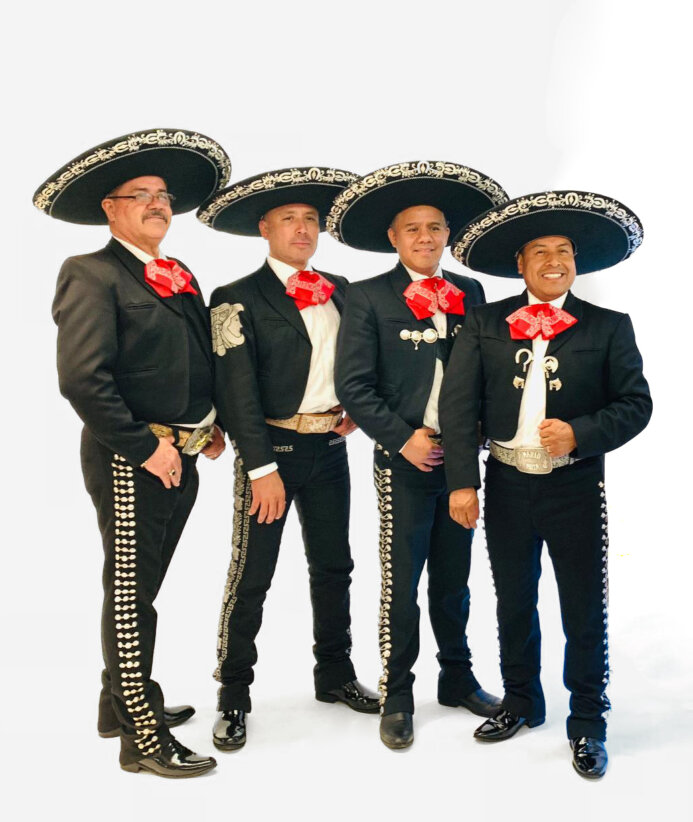The word ‘tallit’ means little tent,” Lisa Prawer says. “It’s a way of having your own private little sanctuary within a sanctuary; almost like a protective garment that you feel enveloped in.”
Lisa Prawer, known as The Tallis Lady, has 12 years of experience selling tallitot and emphasizes the importance of taking time in choosing a garment that adds meaning to a bar/bat mitzvah. “At the bar/mat mitzvah, you’re reading from the Torah for the first time,” Prawer says. “That’s what makes a tallit significant.”
Different Styles
Prawer says that any tallit is appropriate for a bar/bat mitzvah; your choice is largely determined by personal taste. “It depends on how tall the child is; some tallitot are longer, some are shorter,” she says. “Some designs are more mature and some are more youthful.”
For girls, Prawer says many prefer tallitot made from silk or organza. She gives the example of a tallit she has sold often for bat mitzvahs: a luxurious silk tallit in a rich blue. Other options include white organza with purple accents, and white organza with light blue and royal blue accents. “Girls like pink and purple, but I sell everything,” she says.
For boys, Prawer advises that wool talliot are best. A favorite among her young clientele is a tallit made from fine white wool with navy blue, dark teal and silver accents.
Prawer mentions different materials for boys’ and girls’ talliot because of the sizing; most talliot are typically 72 inches long and 20 inches wide. Given a child’s frame and height, how the material behaves matters. “Some of the wool ones tend to be more appropriately sized, some of the silk ones are long,” she explains.
Prawer also mentioned viscose, which mimics silk, as another favorite. “It’s not really a big deal, everybody likes different fabrics. All the materials are durable.”
While most of the materials come from Israel, some fabrics come from other countries including Guatemala and Nepal, and some pieces feature recycled sari material. It all depends on the designer and ones’ taste creating something unique.
All tallitot have the four tzitzit on the corners, or ritual fringes, that are tied according to Jewish law. Most have the neckpiece, or atara, at the top of the garment, with the option to have one featuring an embroidered prayer.
Fond Memories
“You have your own little religious protection,” Prawer says of wearing of tallitot during the rite of passage. “I still have my tallit from my bat mitzvah. It holds very special memories for me.”
For a child to choose their tallit with their family is an experience, Prawer says. “It’s wonderful when grandparents come and different generations can share the occasion,” she reflects. “It’s a day that you’ll always remember.”
Sibylla Chipaziwa is a freelance writer based in Westchester.









